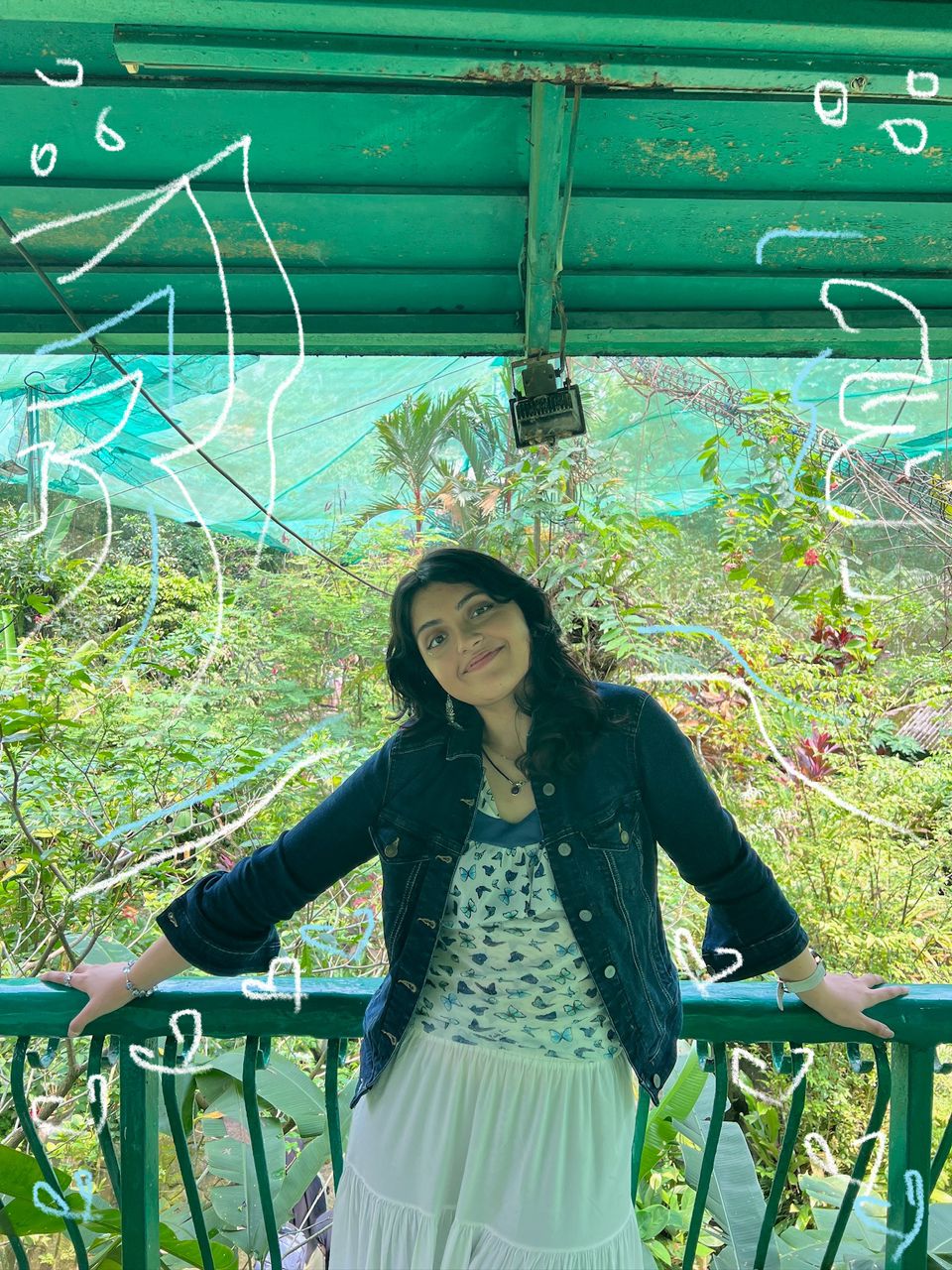Feed Me Something Real: What Are We Really Consuming in Malaysian Food Content?
- Ummo

- Oct 16
- 3 min read
Everyone's constantly being told what's a "hidden gem" and what's not. Food and Travel writer, Ummo, wonders how much of it means anything at all.
Malaysia is synonymous with food. From established media pages to solo reviewers and content creators telling stories of humble restaurant beginnings, social media today seems insatiably hungry for food content.
But with so much of it around, how do we as the audience actually digest it?
How do we decide what feels genuine? Platforms like Instagram and TikTok have become digital food maps, where many of us keep collections of “must-visit” places saved from accounts like @kl.foodie – lists we promise ourselves to check out sometime soon this semester.

Food content, at its core, aims to communicate more than just taste. Yet in a sea of “hidden gems,” audiences have started to ask: how many of these are truly undiscovered? Is this content advertising, personal storytelling, or simply performance?
Research suggests that perceived credibility plays a major role in how audiences engage with food media. In the Halal food market, for example, trust strongly shapes consumer intention (Hashim et al., 2025). But credibility alone isn’t enough, with studies highlighting that local identity, uniqueness, and emotional storytelling also drive engagement.
This may explain why professional media pages, though polished, sometimes feel less authentic. Many are paid to promote restaurants or showcase new spots, which can create a sense of distance between content and audience. In contrast, solo creators like @hungry_sam22 and @mingchuun often appear more relatable; their enthusiasm feels personal, their perspectives feel less filtered.


It is not that we should shun these pages, because they, too, generate publicity and revenue for food businesses, especially small and family-owned ones. This support is even more crucial today, as major food corporations are often complicit in exploitative or unethical practices (check the BDS list…)
Somewhere between these two lies story-driven content which combines the structure of professional coverage with the sincerity of independent creators like @human_edition. It highlights the human stories behind the food: origins, effort, and emotion. Ultimately, all forms of food content tell stories, but what audiences increasingly question is the motivation behind those stories.

It is also worth reflecting on how our conversations around food are changing and the role social media plays in this. As health food trends and “clean eating” marketing reshape public perception, food increasingly becomes tied to productivity and discipline rather than pleasure or tradition. The cultural richness of food risks being replaced by a moralized narrative about what is “good” or “bad” to eat at best, and at worst, loses to a legacy tied to colonial hierarchies of taste that once privileged “white” or Western foods over local, indigenous, or non-European cuisines.
In this context, social media holds power: it can either flatten these differences for virality, further perpetuating harmful notions about food or use its reach to tell deeper stories about origin, labour, and meaning. We should celebrate how food media can democratize storytelling, giving visibility to cooks, hawkers, and home chefs whose stories might otherwise go untold. But we should also remember the value of depth, the kind of reflection once found in cookbooks and long-form writing that cannot be found in the inherent compression of short form social media
The best food content is personal; it stirs the pot and the soul. It makes us feel hungry, it makes our hearts feel sweet and salty and sour. Food is more than fuel, it is the centerpiece of our communities. Food has, and always will be something to share before it is something to sell.


Comments